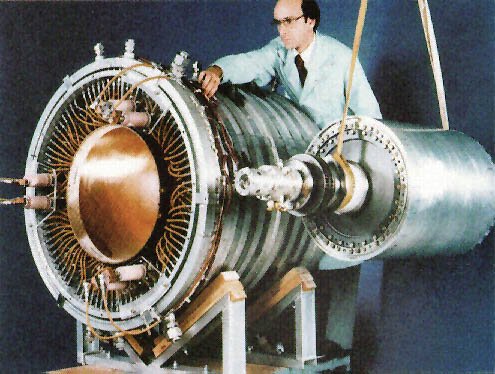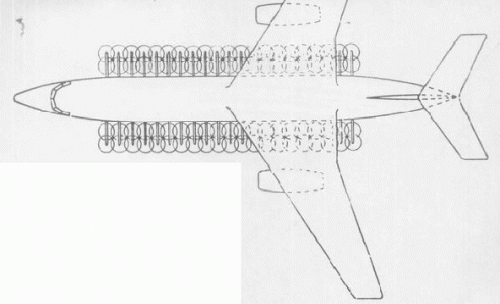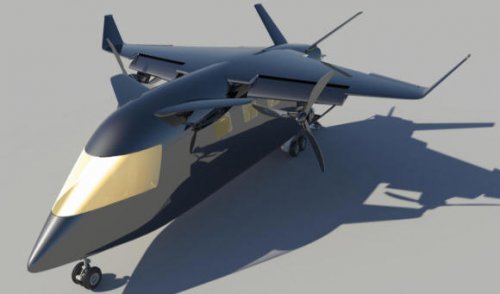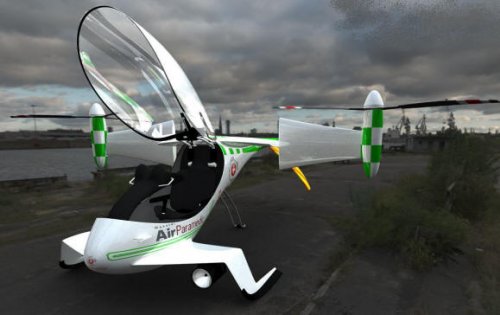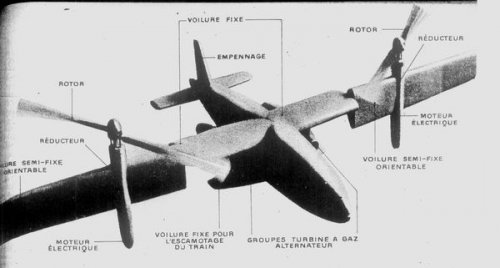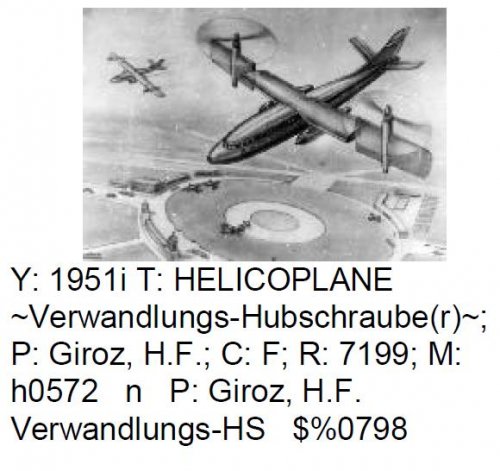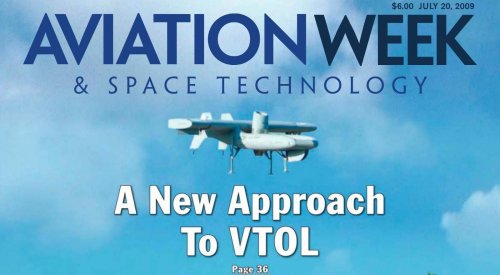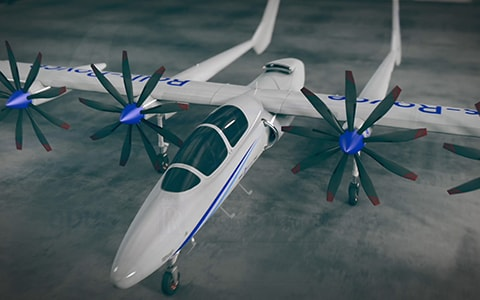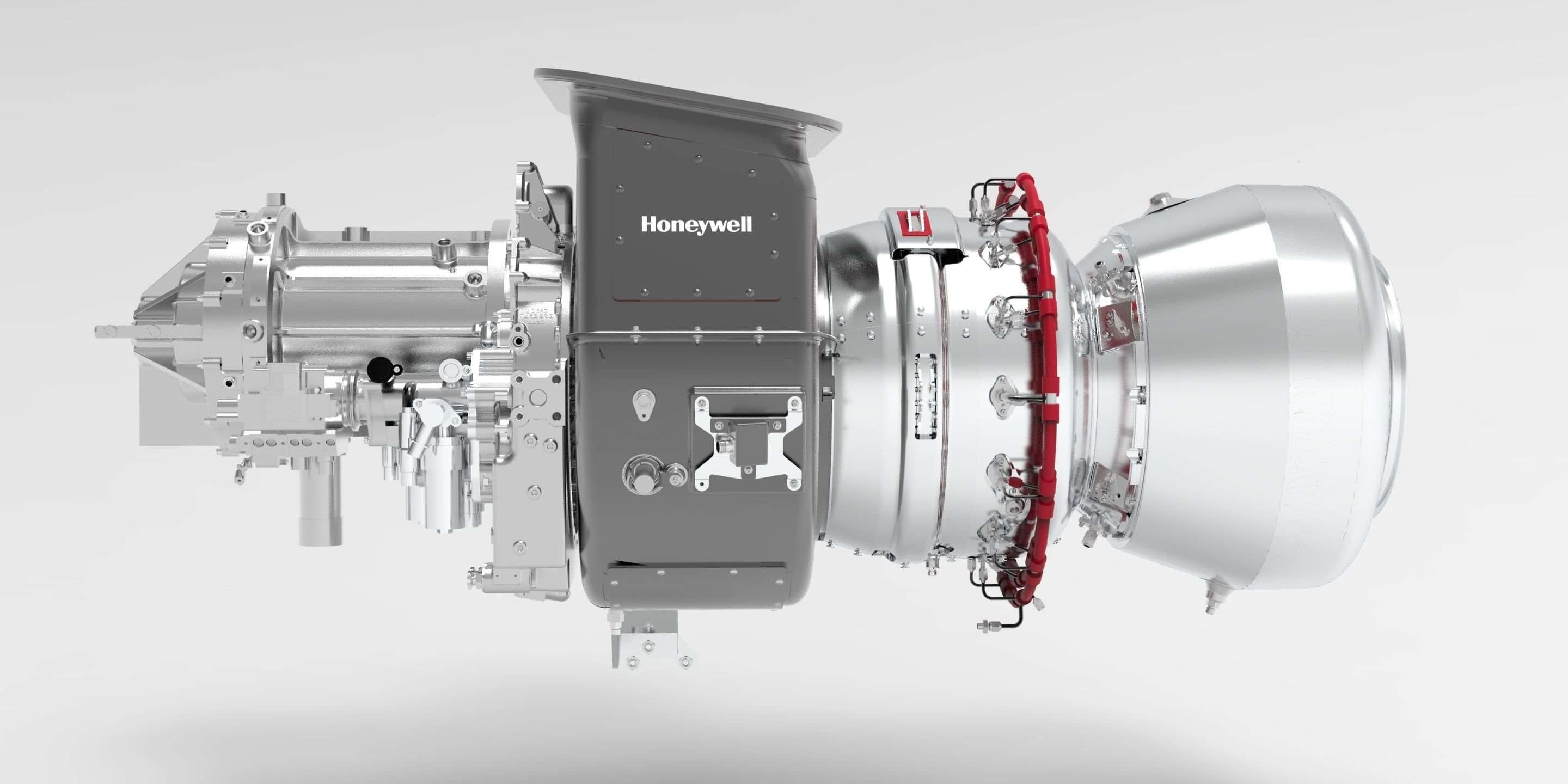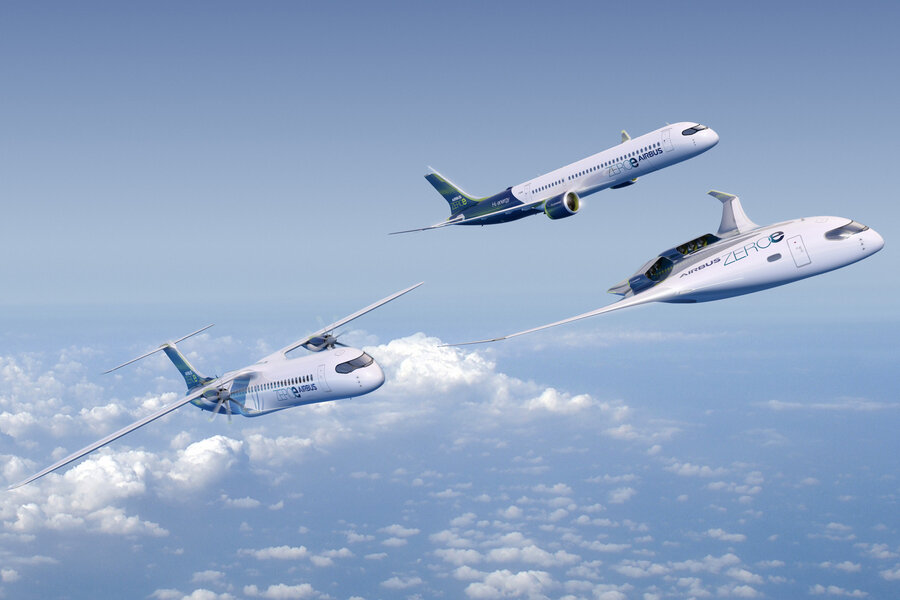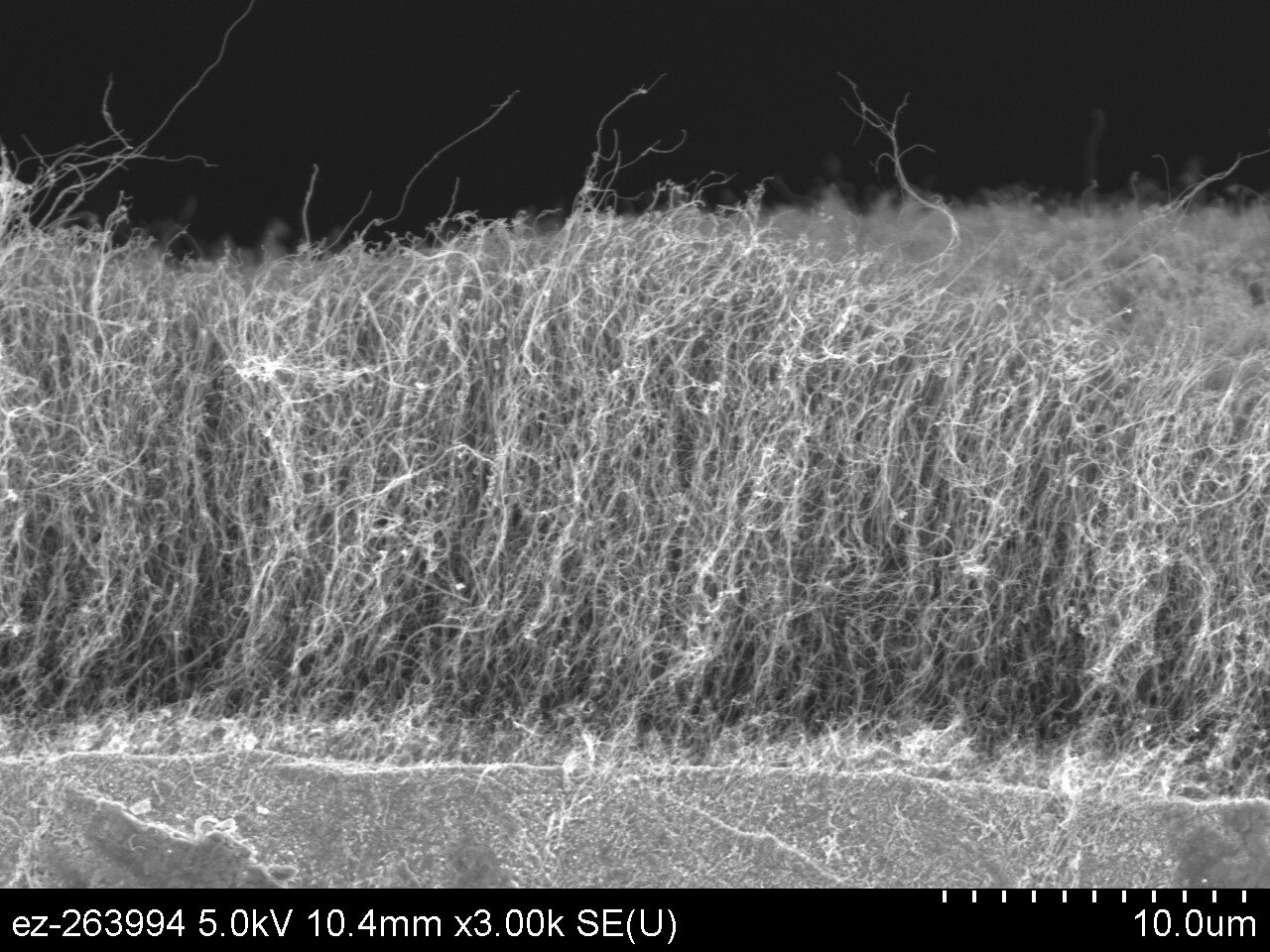SmithW6079
ACCESS: Restricted
- Joined
- 8 May 2007
- Messages
- 24
- Reaction score
- 4
Greetings everyone,
I've been mulling over an idea lately and thought I'd check with the board's collected wisdom. Is it feasible to build an aircraft which uses a turbine to power a generator, which would in turn drive an electric motor to propel the aircraft (through a prop or ducted fan)? I was particularly thinking of VTOL applications, would the weight saved by electric transmission be an improvement on mechanical transmission systems?
Would throttle response be a problem? If you added a battery pack to improve throttle response, would its weight and those of the electric motors offset any possible savings from the transmission? I'm envisioning a tilt-rotor or tilt-wing aircraft, likely using ducted fans instead of prop rotors.
Any ideas, thoughts, and criticisms are welcome...
I've been mulling over an idea lately and thought I'd check with the board's collected wisdom. Is it feasible to build an aircraft which uses a turbine to power a generator, which would in turn drive an electric motor to propel the aircraft (through a prop or ducted fan)? I was particularly thinking of VTOL applications, would the weight saved by electric transmission be an improvement on mechanical transmission systems?
Would throttle response be a problem? If you added a battery pack to improve throttle response, would its weight and those of the electric motors offset any possible savings from the transmission? I'm envisioning a tilt-rotor or tilt-wing aircraft, likely using ducted fans instead of prop rotors.
Any ideas, thoughts, and criticisms are welcome...

